Fiction Ed’s Blog: “It’s A Chance To Bring History To Life.”
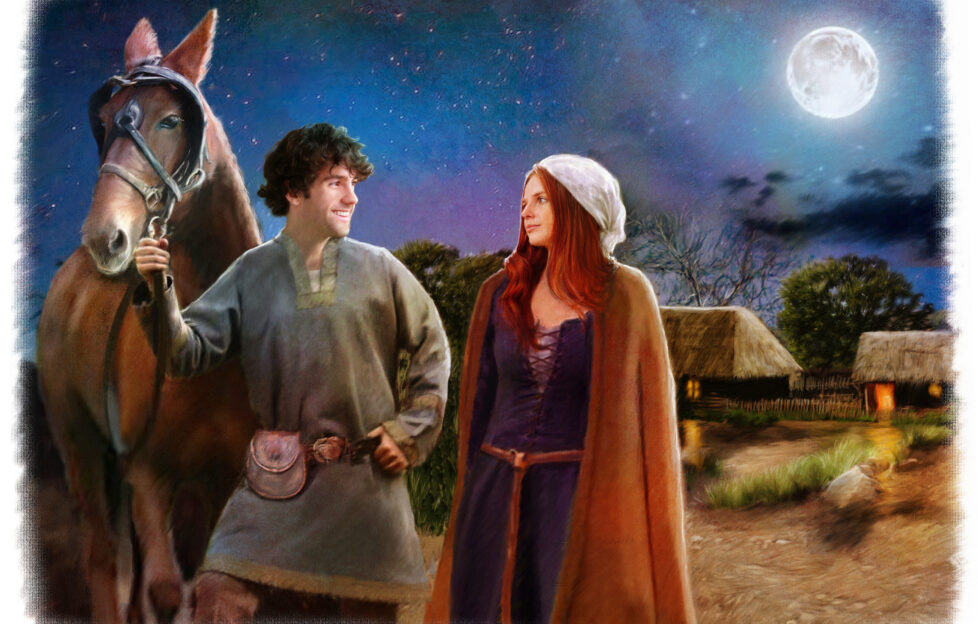
Readers often tweet or get in touch to say how much they enjoy “People’s Friend” artwork – especially illustrations which accompany our historical fiction.
With this in mind, over the next few weeks three “Friend” artists will be telling us about how they go about illustrating our period stories and serials. This week, we talk to illustrator David Young.
Hi David! Which are your favourite eras to illustrate, and why?
If I had to pick a favourite era to illustrate it would probably be the 1940’s, as a lot of my favourite films are set at this time.
I’ve generally preferred films and books that are set on the Home Front rather than about WW2 itself, and this interest ties in nicely with the similar type of “People’s Friend” stories set then.
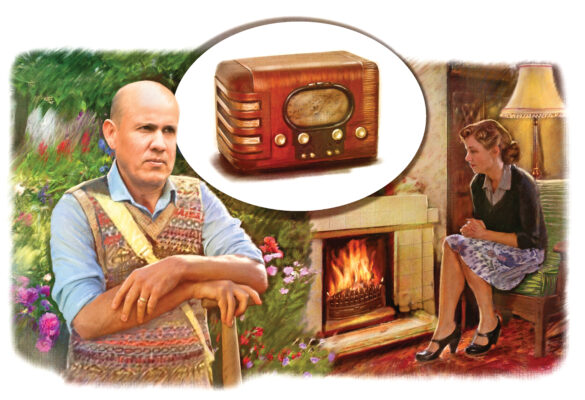
Illustration by David Young.
The great thing with illustrating the historical stories in the “Peoples Friend” is it gives me the chance to bring all these different parts of our history to life.
These can be stories going right back to Viking or medieval times, but the majority of stories range from the mid-Victorian era onwards.
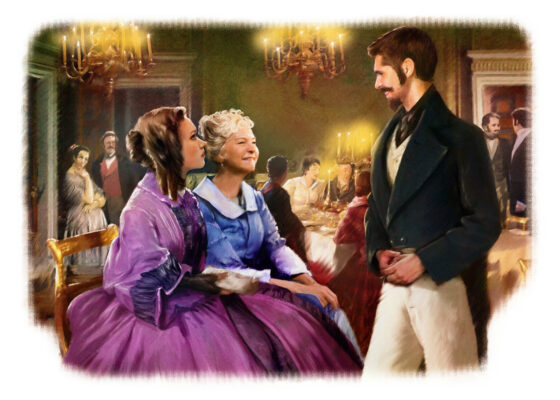
Illustration by David Young.
Where do you find inspiration for historical illustrations?
To make an illustration convincing, it’s important to get all the historical detail right, from the clothing to hairstyles, how the scenery would have looked at the time and of course making sure that all the props don’t postdate the story.
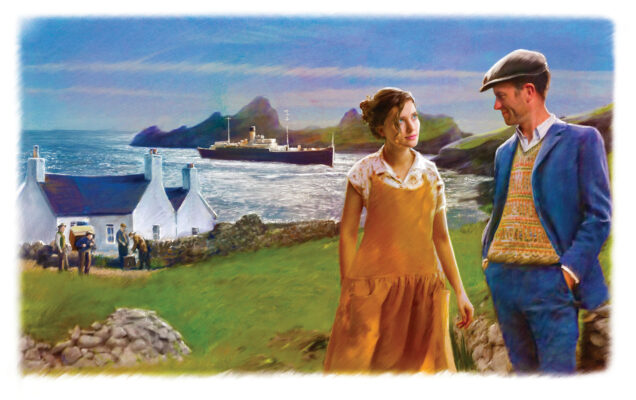
Illustration by David Young.
I spend a lot of time researching and also draw my inspiration from films or period dramas set in a particular era as this gives a good idea for colours of clothing/ wallpaper, etc, as most photos are black and white!
I’ll often photograph myself or someone I know dressed in something I can then alter to the proper outfits when painting it up.
Vehicles or horses and carriages are often a good way to show the era in stories and I often try to include these where I can.
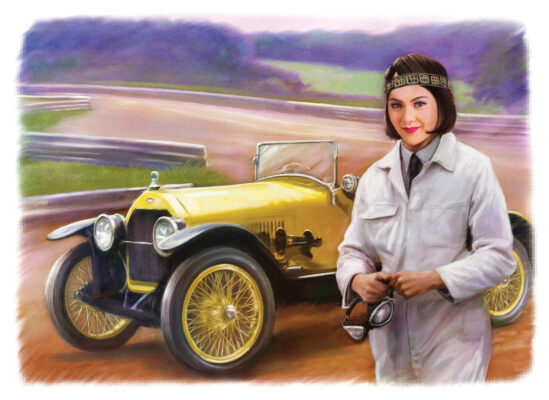
Illustration by David Young.
I’m always taking photos wherever I go as I never know what might be useful for part of a background reference.
What are the main differences compared to contemporary illustrations?
I enjoy contemporary stories too of course, and they are certainly still a challenge to put together, but it does mean I can just take or use a photo reference as it is, without having to change outfits, hairstyles or eliminating signs of modern life from backgrounds.
That said, there is something quite rewarding about starting with a modern scene and changing all the details of it bit by bit until you have travelled back in time to the chosen setting of the story.
As my work has a realistic style, I have to use photos for reference, unlike a cartoonist who can to some extent just make things up.
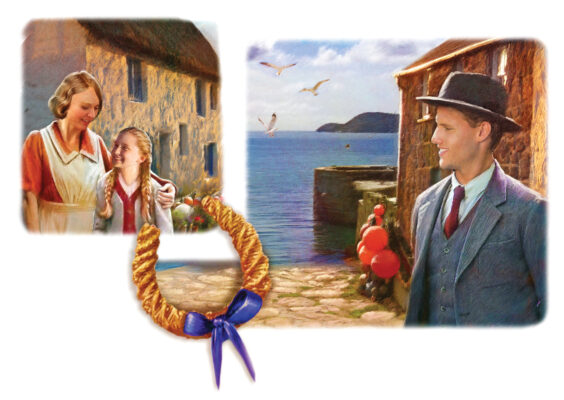
Illustration by David Young.
Which historical “Friend” stories have you most enjoyed working on?
I enjoyed coming up with the illustration for “The Hiding Place” (main image) recently as I liked the moon-lit scene, and had the challenge of keeping it bright and interesting despite being at night.
Another that springs to mind is “The Oyster Beds” (below) as I was able to have one of my sons as the main character.
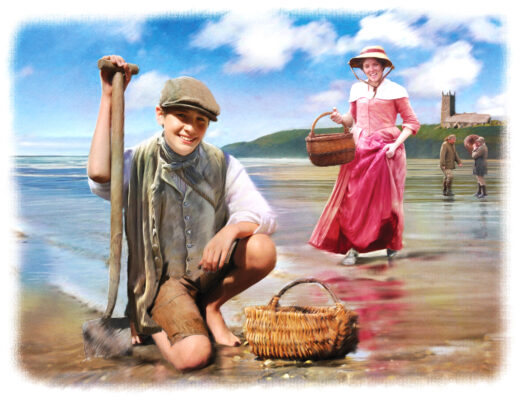
Illustration by David Young.
For more from Fiction Ed Lucy, click here to read her blog.
For more about “Friend” illustrations, click here.










